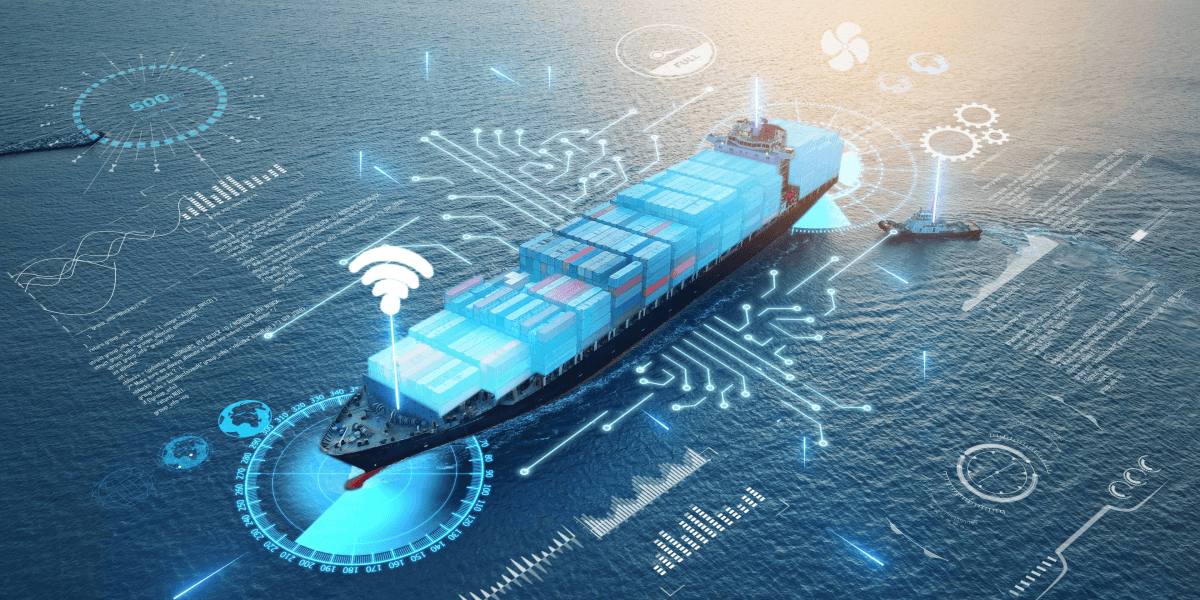
Table of Contents
Introduction
A container ship owned by Evergreen Marine, the MV Ever Forward, ran aground in the Chesapeake Bay in March 2022. This was due to technical problems and poor navigation. It delayed cargo delivery, and considerable dredging was required to release it (Source: National Transportation Safety Board, NTSB MAR-23/04). This incident serves as a warning of how overlooked hazards can quickly escalate, even though it was not triggered by an engine failure.
Serious operational and environmental issues may arise from a failure to take proactive action. Traditional inspection logs and visual examinations are no longer sufficient. Predictive, digital, and integrated is the future.
To proactively identify equipment problems, marine businesses need smart EHS (Environment, Health, and Safety) monitoring systems. Due to more complicated vessels and increasingly stringent shipping regulations, the EHS safety software also enhances compliance and reduces the high costs of downtime. In this blog, we will look at how smart EHS systems are enabling predictive maintenance, which is revolutionizing ship performance and safety.
Why Maritime Maintenance Needs a Smart Safety Overhaul
Unplanned downtime on a ship typically costs between $10,000 and $20,000 per day (Source: DNV GL). These expenses also have regulatory and reputational implications. Traditional maintenance methods are frequently reactive. This means that issues are found after they have already resulted in delays or safety incidents.
The standard approach is changed by smart EHS monitoring. These systems use real-time data, sophisticated diagnostics, and predictive analytics. Thus, they predict faults before they happen. For example, vibration sensors on rotating equipment, such as motors and pumps, can spot abnormal patterns well before they become severe enough to cause damage. This data, when paired with AI, can initiate preventative repairs, preventing more significant disruptions.
Final Thoughts: Smart EHS Isn’t a Luxury—It’s a Lifeline
Tight deadlines, challenging weather, and close regulatory scrutiny are some of the pressures that the maritime sector faces. Smart EHS monitoring system adoption is now required for long-term profitability, safety, and dependability. The effectiveness of predictive maintenance depends on the data that powers it. Smart systems ensure you’re using the best intelligence available.
Ports and logistics industries must invest in customized solutions based on industry knowledge and regulatory compliance. Digitize inspections, improve audit readiness, and eradicate dangerous downtime!




